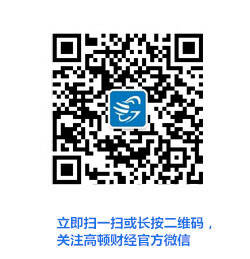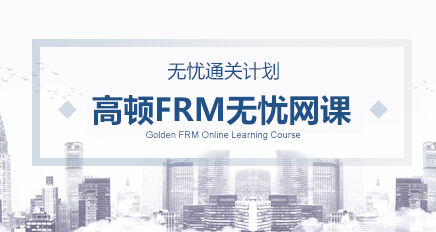E2模拟题(二)
Question Four
When developing strategies, organisations will need to consider the objectives of different stakeholder groups. However, it is likely that the objectives of some of the stakeholder groups will be in conflict.
Required:
Describe the techniques that an organisation could use to deal with the conflicting objectives of different stakeholders when developing and implementing strategy.
Question Five
A2G Advertising Agency currently employs a range of specialist staff in order to be able to develop promotional campaigns for its clients. The agency currently undertakes all of the creative work involved in developing campaigns, as well as the business side of running a successful advertising agency. This includes buying advertisement slots on TV and advertising space in newspapers and magazines.
A number of key members of the agency's creative team have recently resigned and the agency is finding it difficult to replace them. The agency is also facing rising costs associated with running a sophisticated graphic design studio and state-of-the-art TV and film production facilities. These issues have led to the owners of A2G Advertising Agency reconsidering the way it currently does business. In particular, it is looking at the possibility of outsourcing some of the activities that are presently undertaken in-house. Although, on the face of it, it would be able to operate from smaller premises with fewer staff, the owners are speculating on whether or not it would be the right decision financially.
Required:
Discuss how Transaction Cost Theory could assist the owners of A2G Advertising Agency to decide which activities it could outsource.
Question Six
The Institute of Catering Technicians is an organisation providing a wide range of professional and vocational awards for individuals wishing to work in the hospitality, tourism and leisure industry. Every three months (four times a year), the Institute holds examinations in 400 different examination centres all over the world. The Institute's exams are all paper based and the current system for examinations is both costly and time consuming. Detailed below are the different elements of the current system. The Institute has set up a project to look at the feasibility of online marking; an outline of the proposed system is also outlined below. The marking process should take no longer than four weeks to complete.
Current system
• Script answer books completed by candidates are taken from the examination room by the invigilator.
• All scripts are sent by secure courier to the Institute of Catering Technicians' Head Office.
• From Head Office the scripts are sent by secure courier to individual markers.
• Once the scripts are marked they are returned to Head Office where an arithmetic check for each script is undertaken and a selection of scripts are checked for moderation to ensure that markers have correctly applied the approved marking scheme.
Proposed system
• Script answer books completed by candidates are taken from the examination room by the invigilator.
• All scripts are sent by secure courier to the Institute's local area office where scripts will be scanned onto a computer system and allocated to markers.
• The markers will gain access to the scripts via a web based software system.
• The script is marked by the use of simple mouse movements.
• The software adds up the marks automatically which means no arithmetic script checking is required.
• The software does not allow the script to be submitted until all pages have been annotated.
• At any time the examiner can download marked scripts to undertake moderation (checking of markers' work).

















